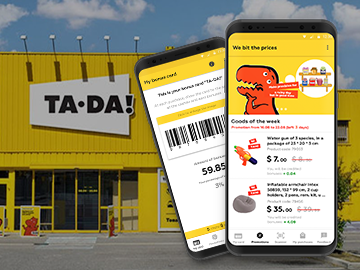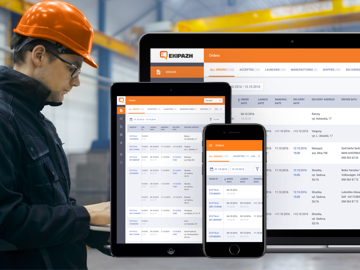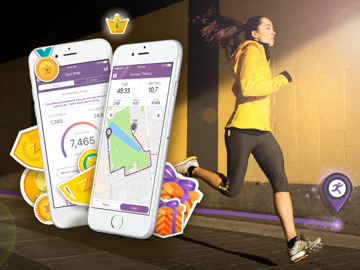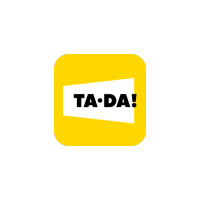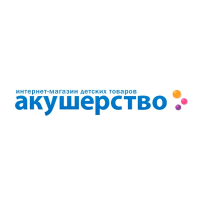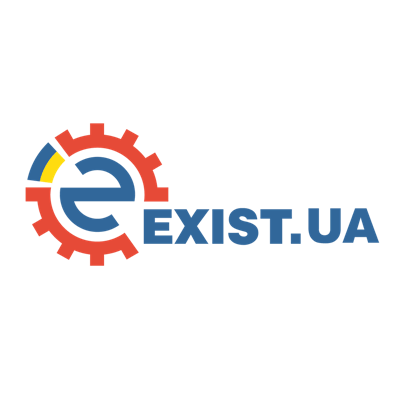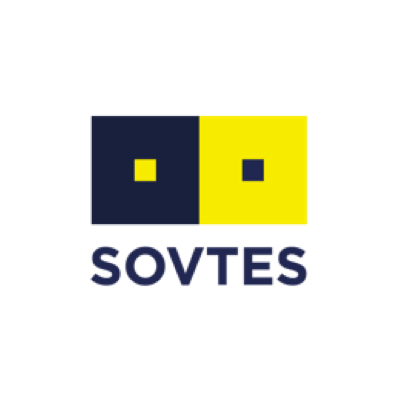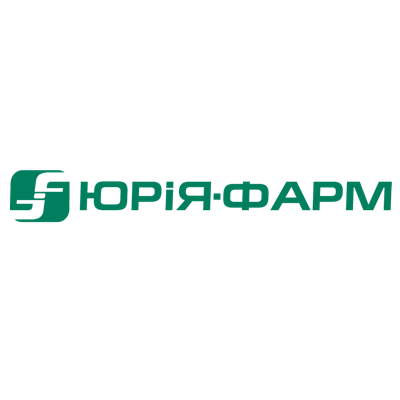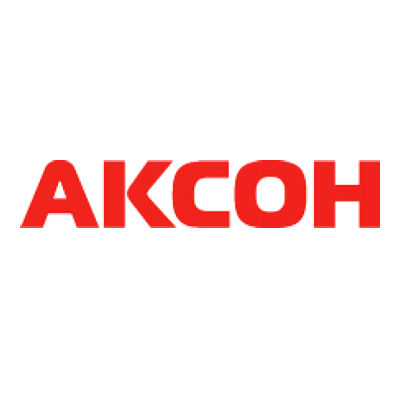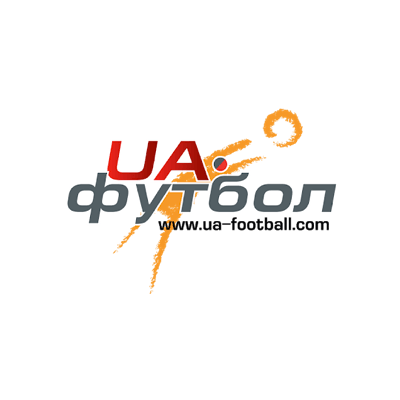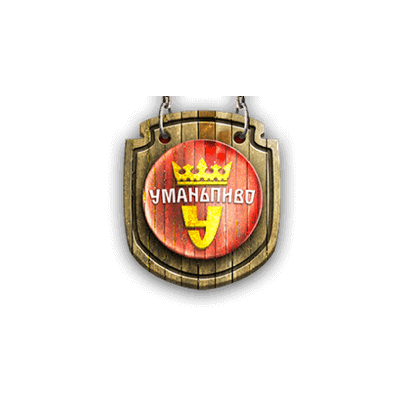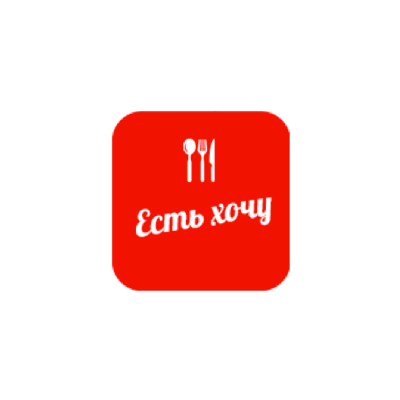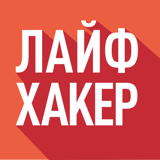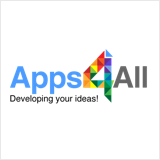The development of mobile applications - the process is not easy and very time-consuming, representing a full-fledged software development. To make it easier for you to understand how we create mobile applications, we will briefly describe each stage of our work.
- Product idea and business expertise
- Interviewing and preliminary market analysis
- Repeated contact with the client
- Project evaluation and proposal
- Signing of the contract
- Prototyping
- Product design
- Development of technical specifications
- Programming and testing the application
- Retrospective
- Publish a mobile app
- Accompaniment and achievement of the result
People come to our company to realize their idea of a mobile application, web resource or automate business processes. We conduct free business-expertise, advise the client and finalize the ideological component of the project, taking into account the needs of users.
Conducting an interview. The purpose and value of the application? The target audience? Basic functionality? Platforms? Requirements for the development of the application? Criteria for choosing an artist? Overview of similar solutions: functionality, number of users, ratings, reviews, monetization. Analysis of users.
Additional questions. Connection of technical specialists. Approval of requirements for the implementation of the application.
The project team is evaluated by the development team. After that, the client receives a preliminary commercial proposal for the development of the application: the development stages of the application; time and cost; specialists; guarantees.
We conclude a contract in which we will describe in detail the stages of work and our commitments. You will be legally protected. Each stage of the work is absolutely transparent, all the main points are discussed with you in the most detail.
Understanding what the users expect from the application, we proceed to the prototyping process. A competently built interface is a guarantee that the user quickly navigates, how the application will help solve his problem. You get an opportunity to look at the functionality of the future application without the software part.
Draw the design of all screens and states of the elements. We use the recommendations of Google and Apple to design the application. We take care that the graphics solutions are understandable and convenient. You get a design that will set you apart from the competition.
The Terms of Reference is a document developed on the basis of an approved interactive prototype and product design that developers, test engineers need to design and test the project.
Programming of a web resource or mobile application is carried out according to SCRUM methodology - step-by-step planning of tasks and breakdown of their execution into sprints.
Demonstration to the customer results for 2 weeks. The team analyzes the risks and problems, completes the sprint, optimizes the further development of the application.
Recommendations for placement on the App Store, Google Play Development of graphics and descriptions.
The difference between our work is that we not only develop applications, but also take them for promotion. Our customers receive a company that is responsible for all stages of work: from the first button to downloading the application and thanks to user feedback.
Interview
We conduct interviews personally or via Skype. The interview can last several hours. This stage of application development is important. On how accurately and completely the customer answers the questions, it depends on how the product will be released.
The main questions that we ask are: the tasks of the project, the existing business process, the target audience, competitors. At this stage, the future functionality is discussed.
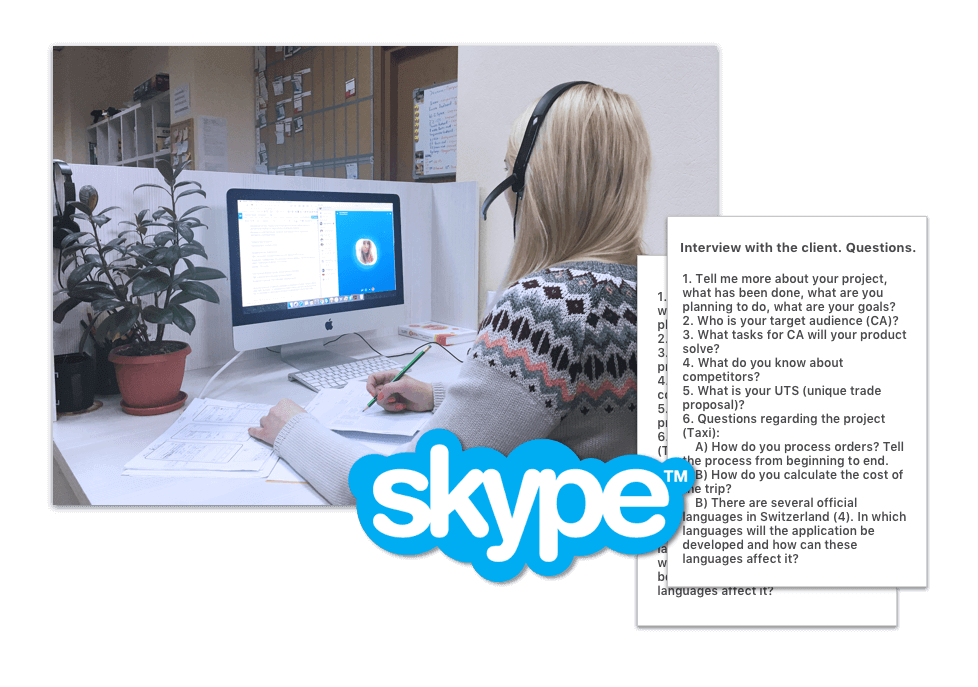
MindMap
We create MindMap - an intellectual map, allowing to structure all information received from the client. This is a visual diagram of the project, thanks to which all the data about the application are in one place.
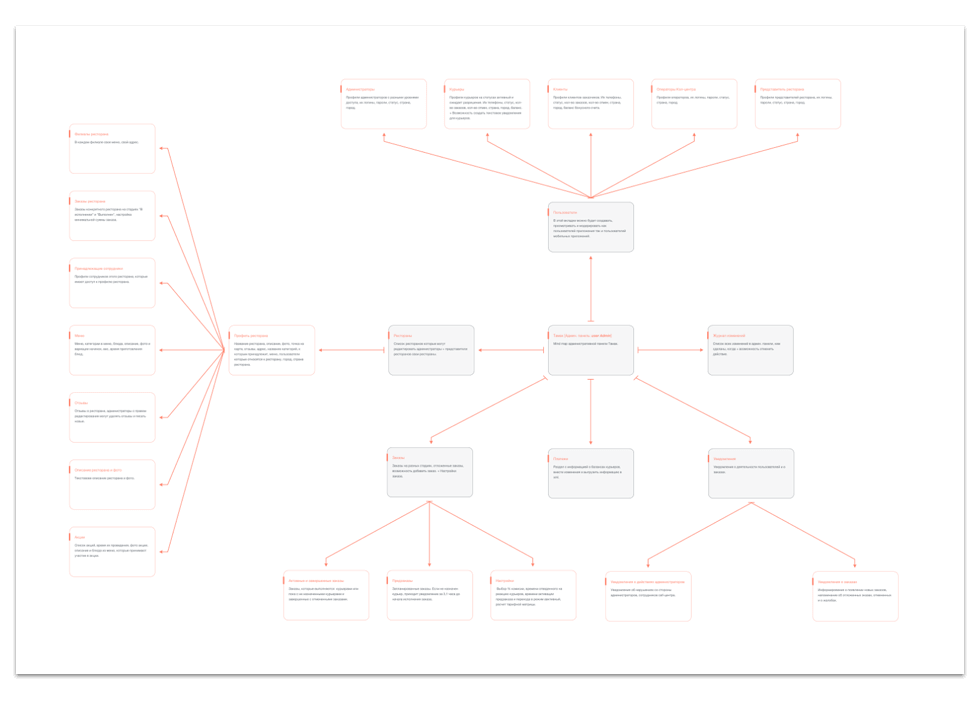
Analysis
We study applications of competitors. We analyze where users can be uncomfortable or where they stumble, performing their tasks. We do this to determine what the new application will be different from already existing analogues.
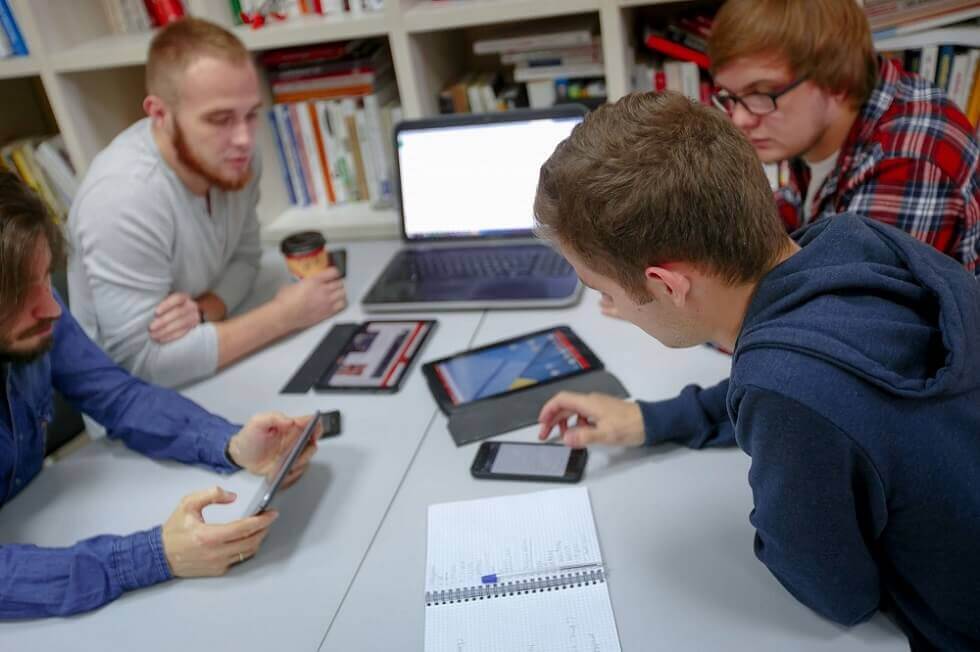
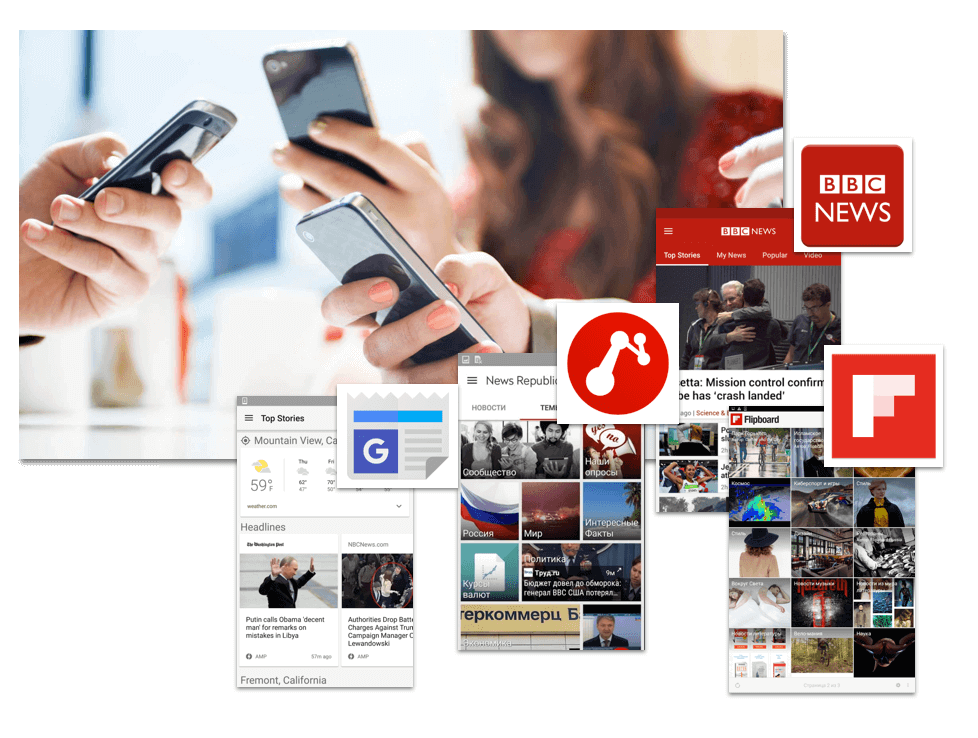
Hand sketching
We study applications of competitors. We analyze where users can be uncomfortable or where they stumble, performing their tasks. We do this to determine what the new application will be different from already existing analogues.
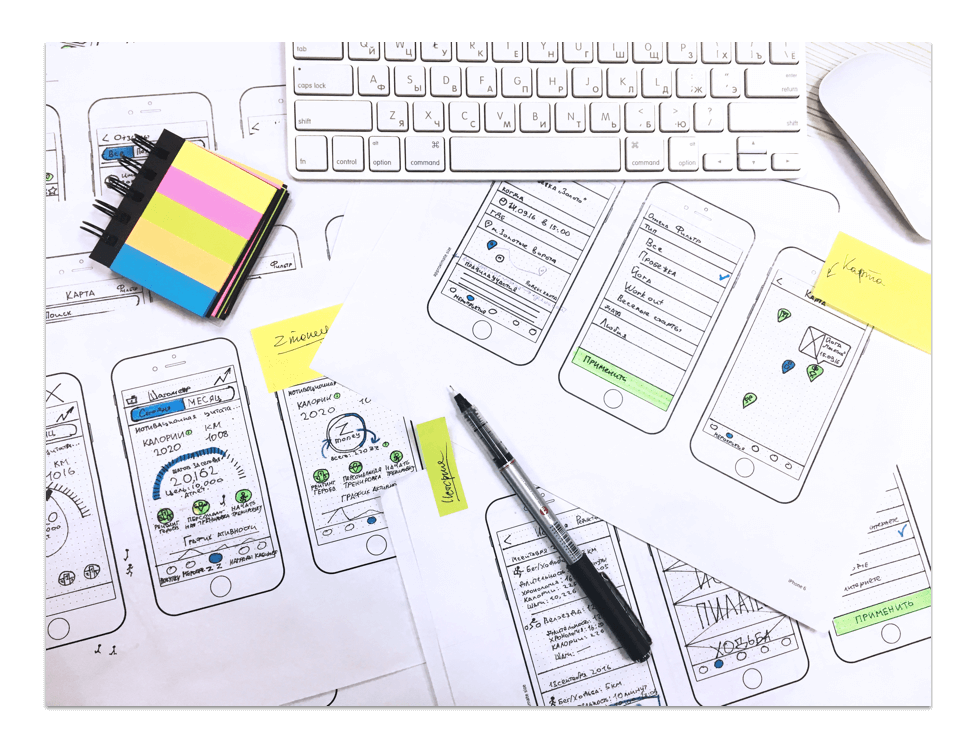
Prototyping
Based on the sketches, we create wireframes - a structural diagram of the application pages. It is a skeleton of design, where every detail of the future product is depicted.
The UX-specialist works on page layouts. The process of creating wireframes is discussed with the art director.
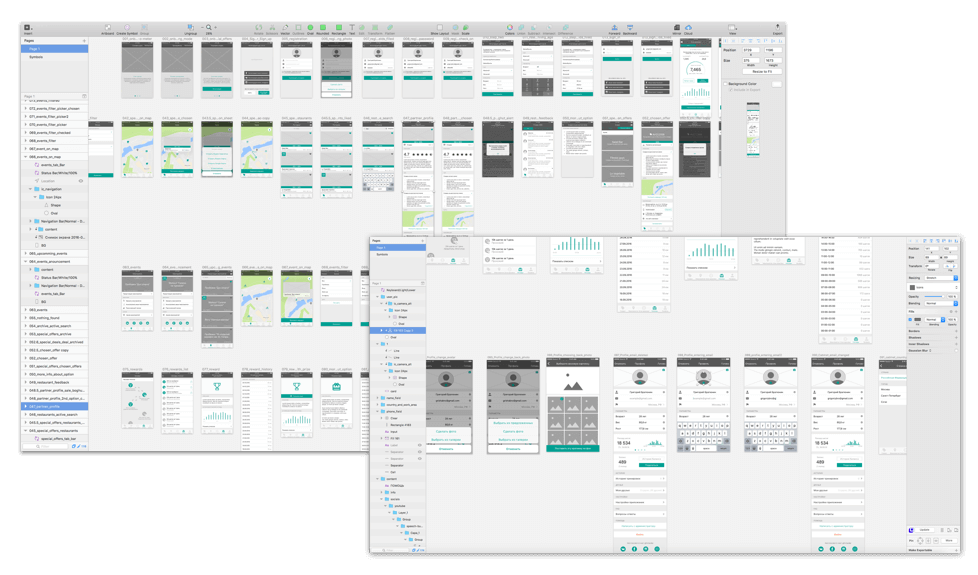
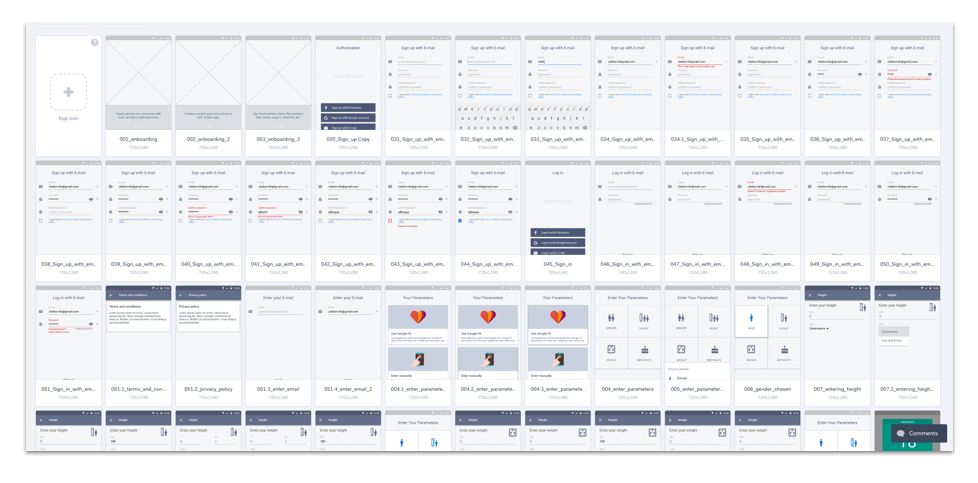 After its approval, a clickable prototype is made, which is sent to the technical department for approval.
After its approval, a clickable prototype is made, which is sent to the technical department for approval.
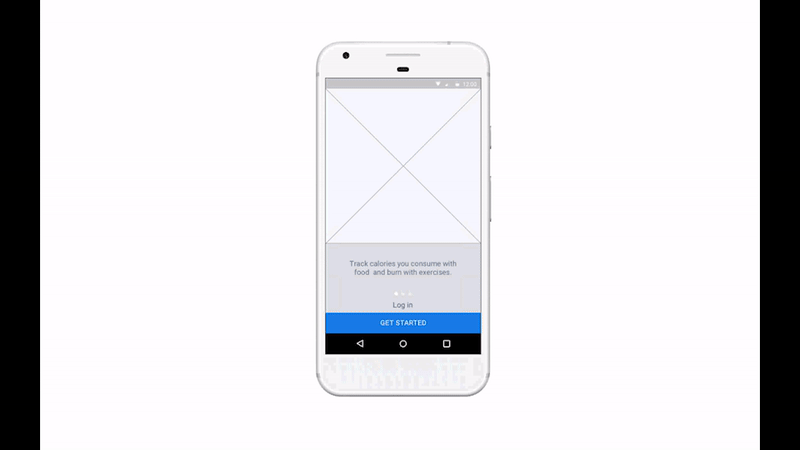
Interview with users
Ready-made prototype is tested on users - employees of our office or groups of volunteers. We show the prototype and ask questions: "What do you think this button is?", "How would you add the product to the basket?", Etc.
This helps to find out the incomprehensible moments for users and fix errors at this stage of mobile application development.
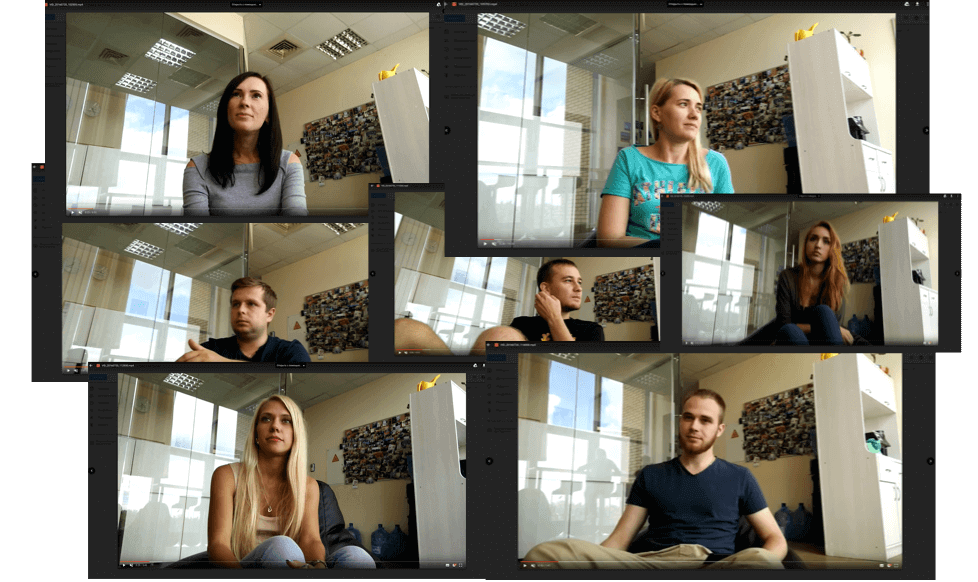
Presentation of the prototype to the client
We conduct a presentation: we show the prototype to the client, explain what and how it will work. If necessary, we make changes, finalize. We agree all the details and approve.
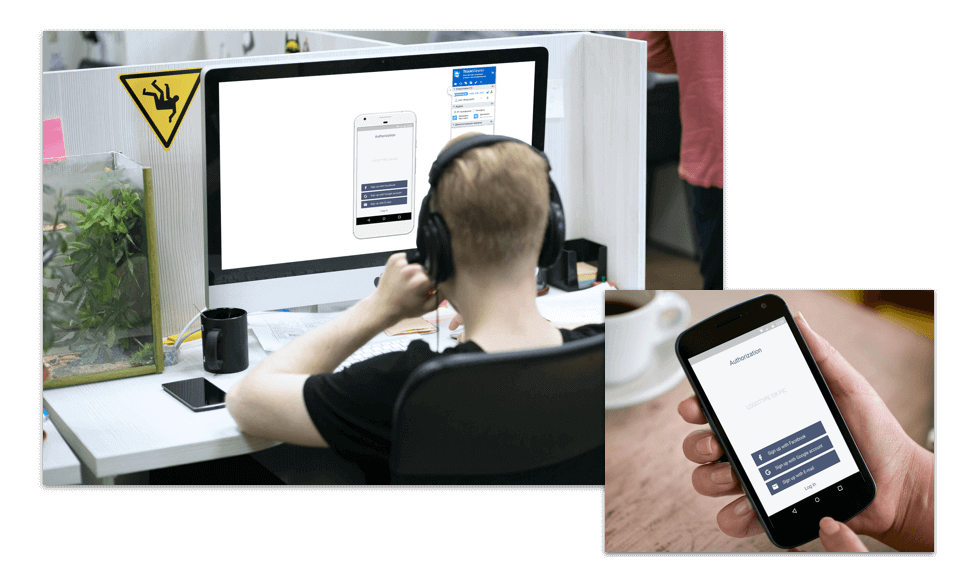
Development of the concept of design
At this stage of mobile application development, we make several variants of design concepts. The concept that the customer chooses will form the basis for the design of the entire application.
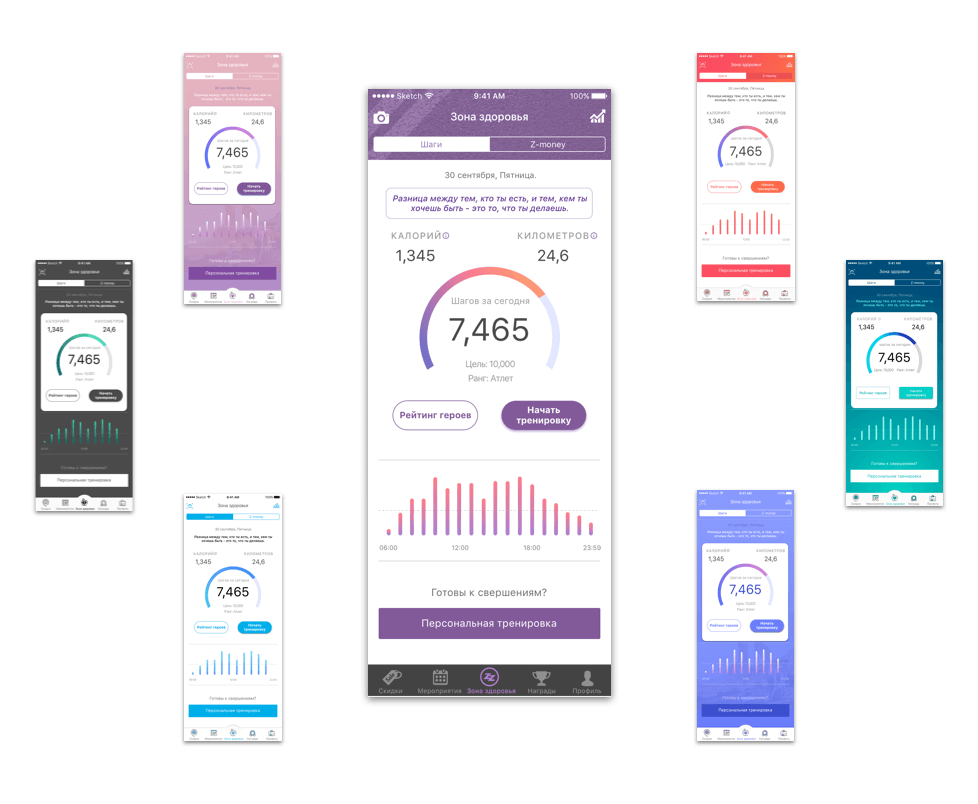
Design of all screens and states
At this stage all screens and states of elements are drawn. On average, 120-150 screens are produced. This helps to take into account all the scenarios and does not increase the time during programming.
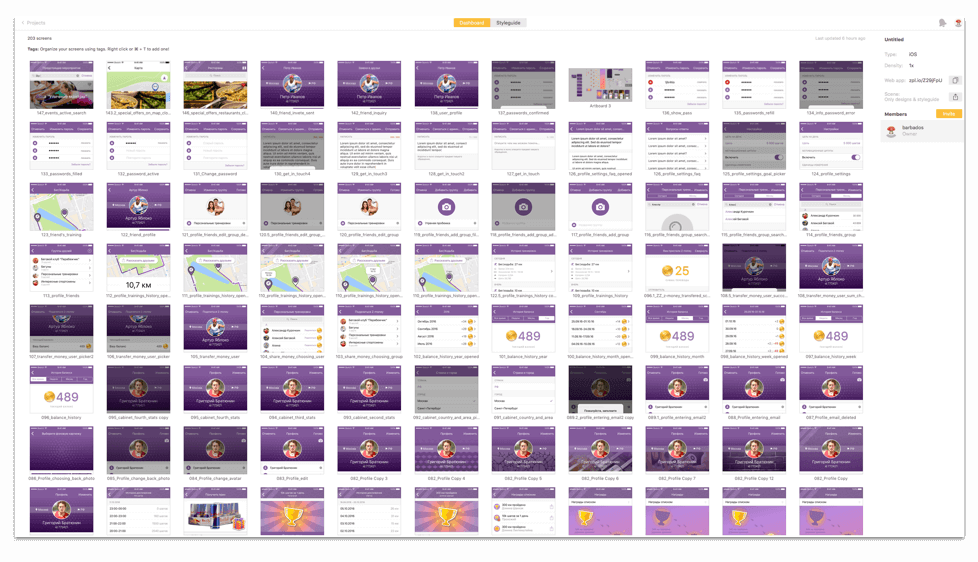
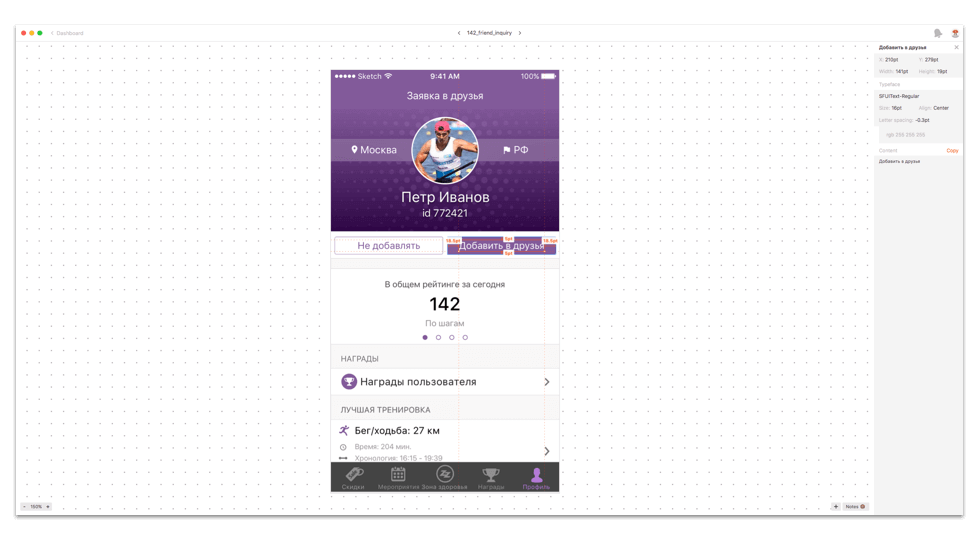
TK and client-server architecture
When we have a design ready, we proceed to develop the Terms of Reference. It describes all the scripts, transitions between screens and screen states. At this stage, the specialist studies the high-level architecture of the project and the data storage model.
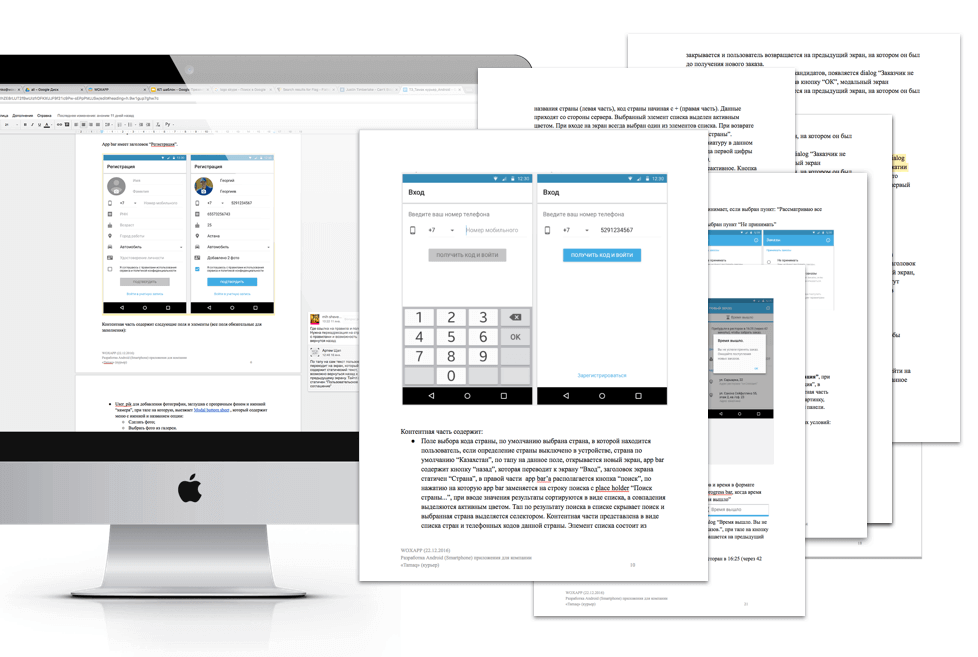
This is an important stage. It depends on it, how the program part will be built, the speed of the application, the configuration of the "client-server" requests. Where do we get the data, where to write it, how we record it, etc. The TK includes all systems with which it is necessary to synchronize.
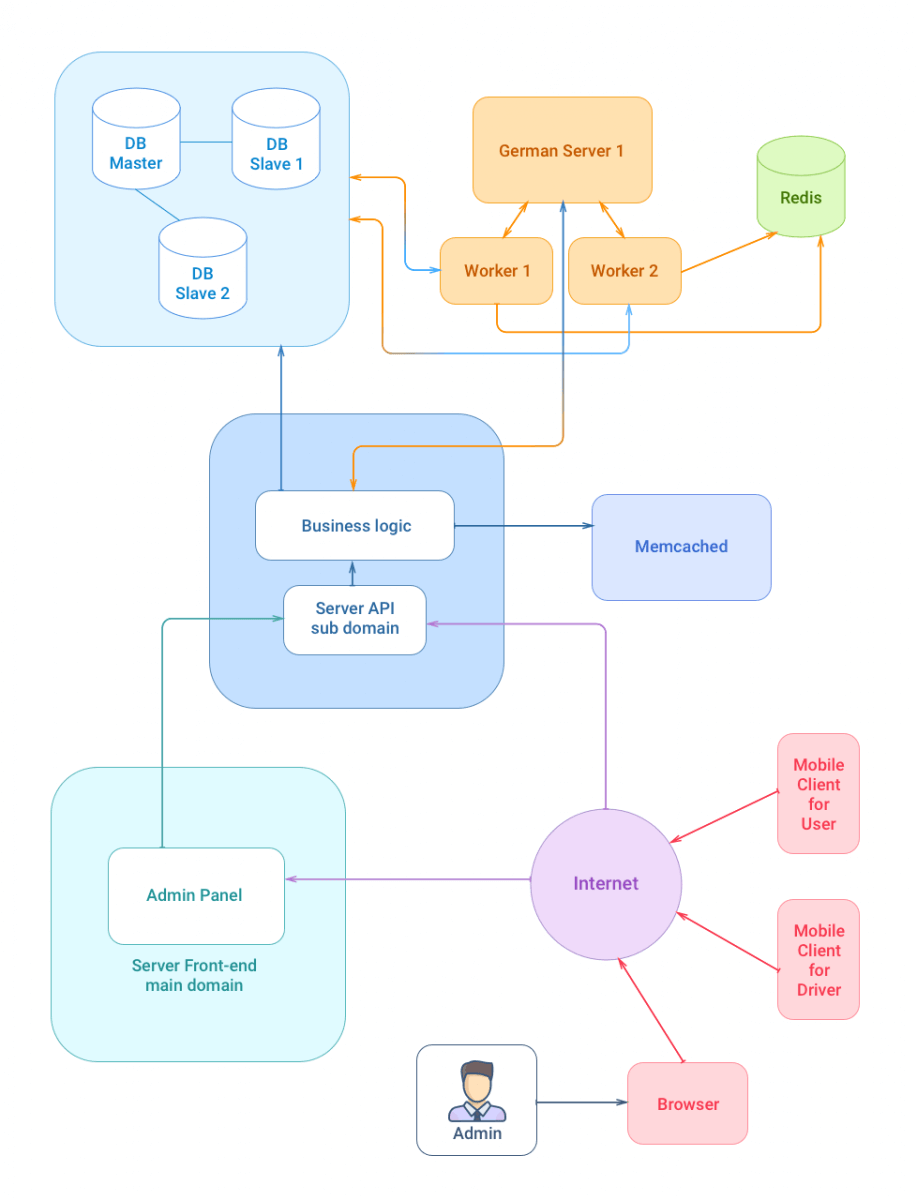
Programming and testing
Work goes into the hands of programmers. The development process is based on the methodology of flexible development of Scrum. A complete list of tasks is formed (the so-called "back-log") and is divided into small sections (called "sprints").
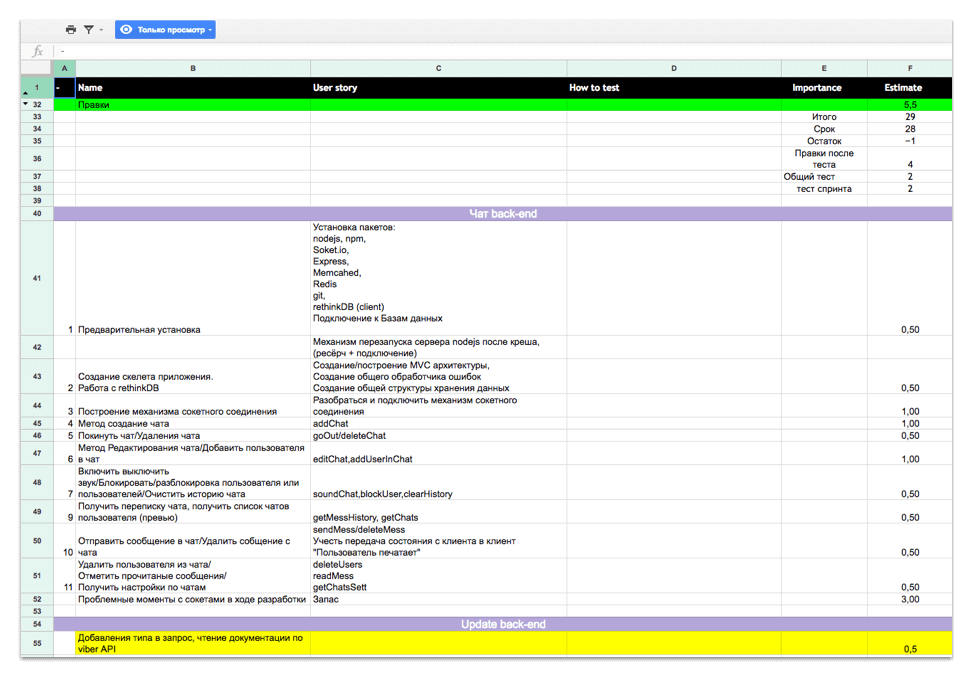
Step by step we program and demonstrate the result after each sprint. When the program part is ready, we send the application for testing. The testing specialists check the product for possible errors. If necessary, the application is returned to the programmers for revision.
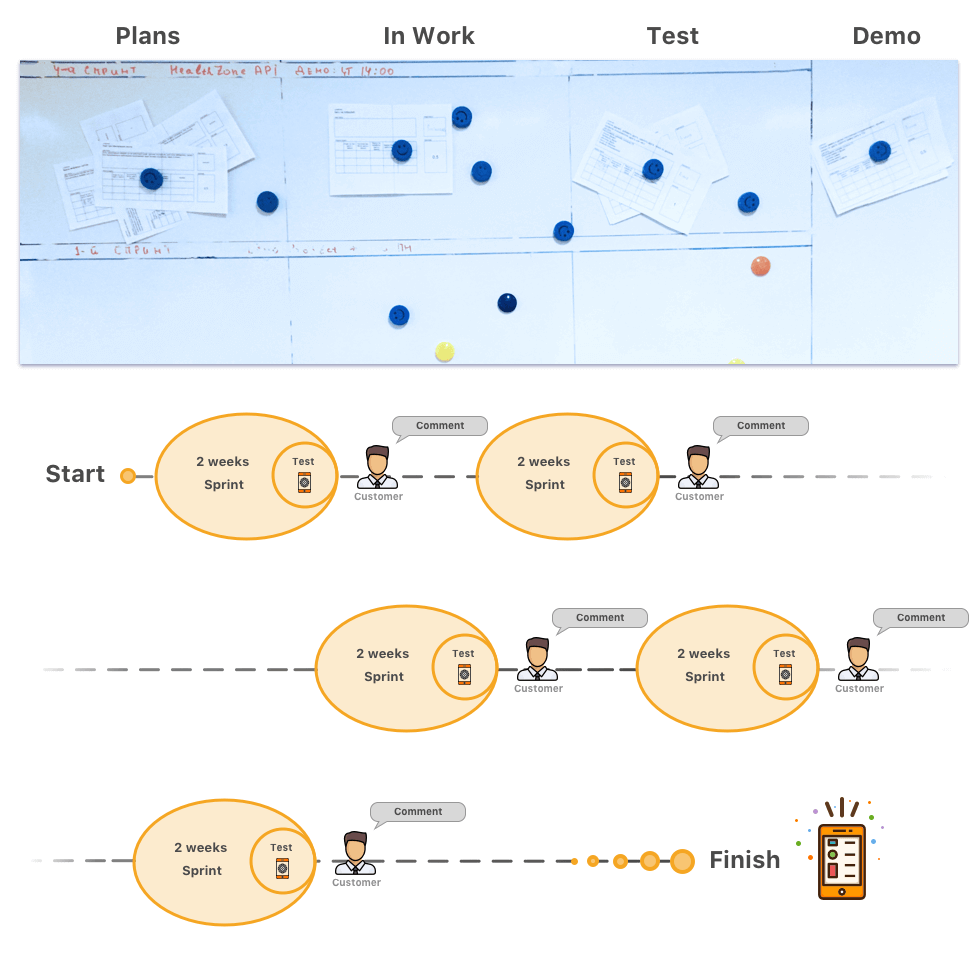
Publish an application
The main stages of development of mobile applications are passed, it remains to prepare the application for publication. To do this, we make a product description and graphics that comply with the rules of Google Play stores and AppStore. If you do not execute them, the application will not be moderated.
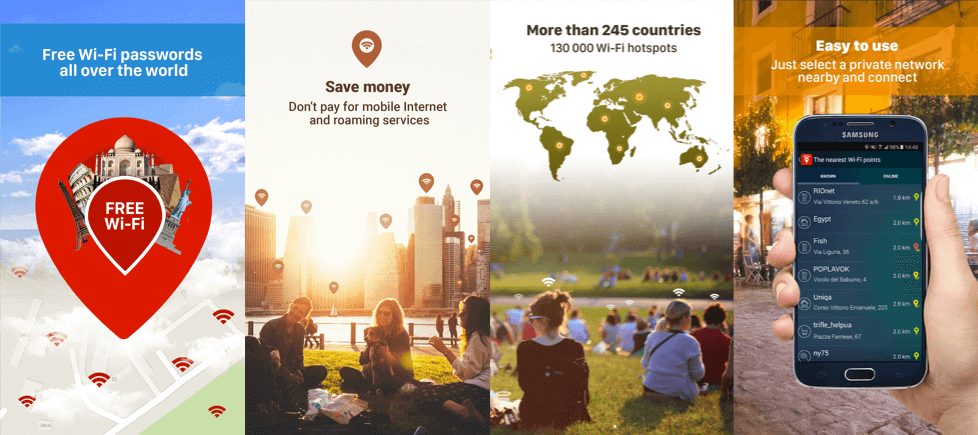
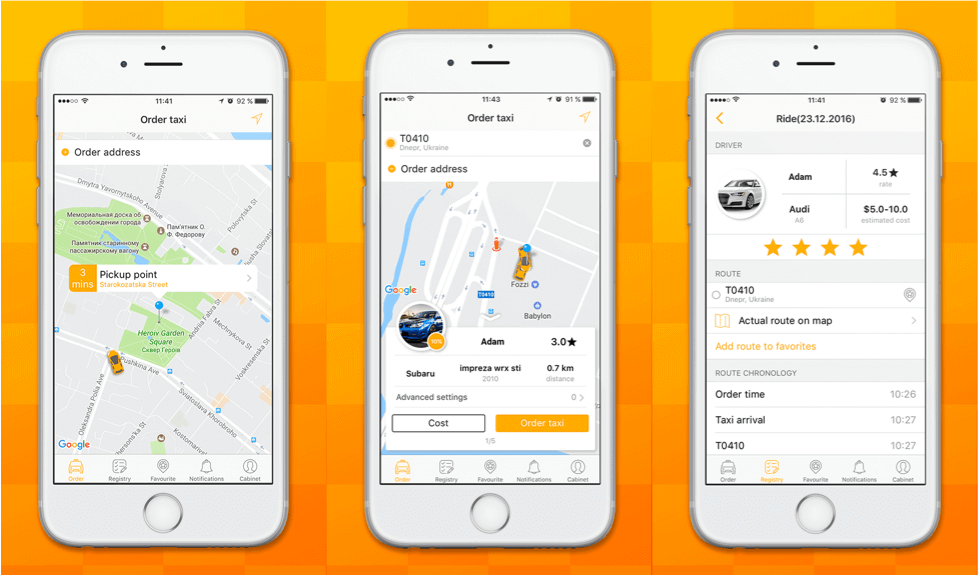
In the stores, the user first sees the application icon, so it's important to make it attractive.
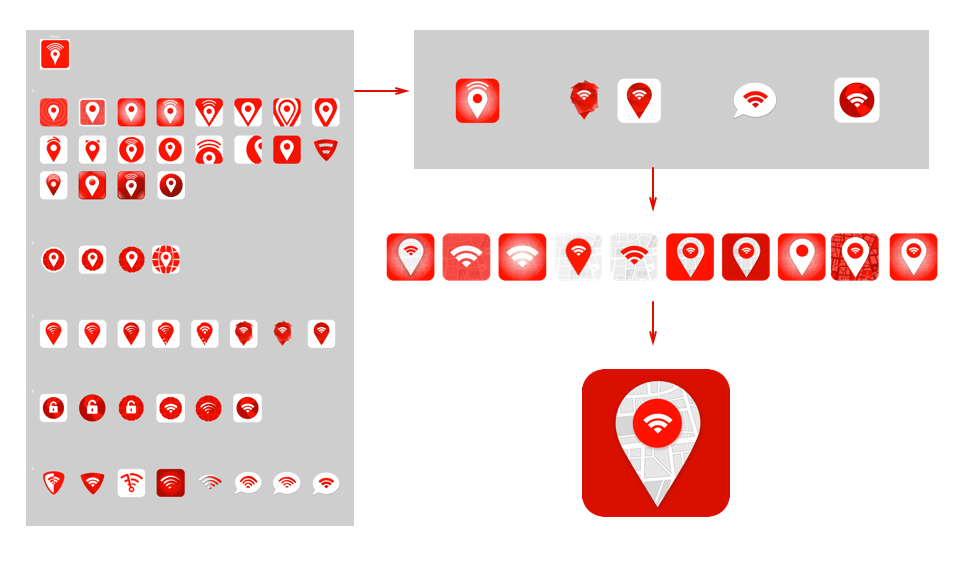
By creating graphics for the application descriptions, we check whether there is permission from the authors for the use of certain images, whether there are celebrity faces on the photo, and compliance with other store requirements.
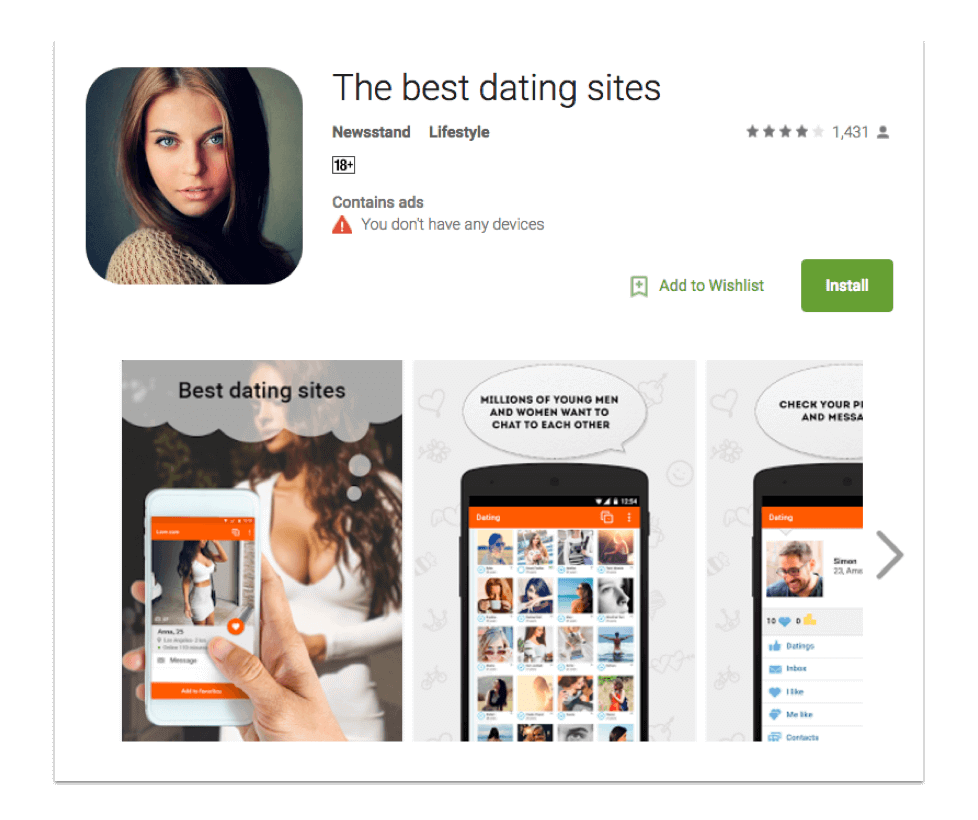
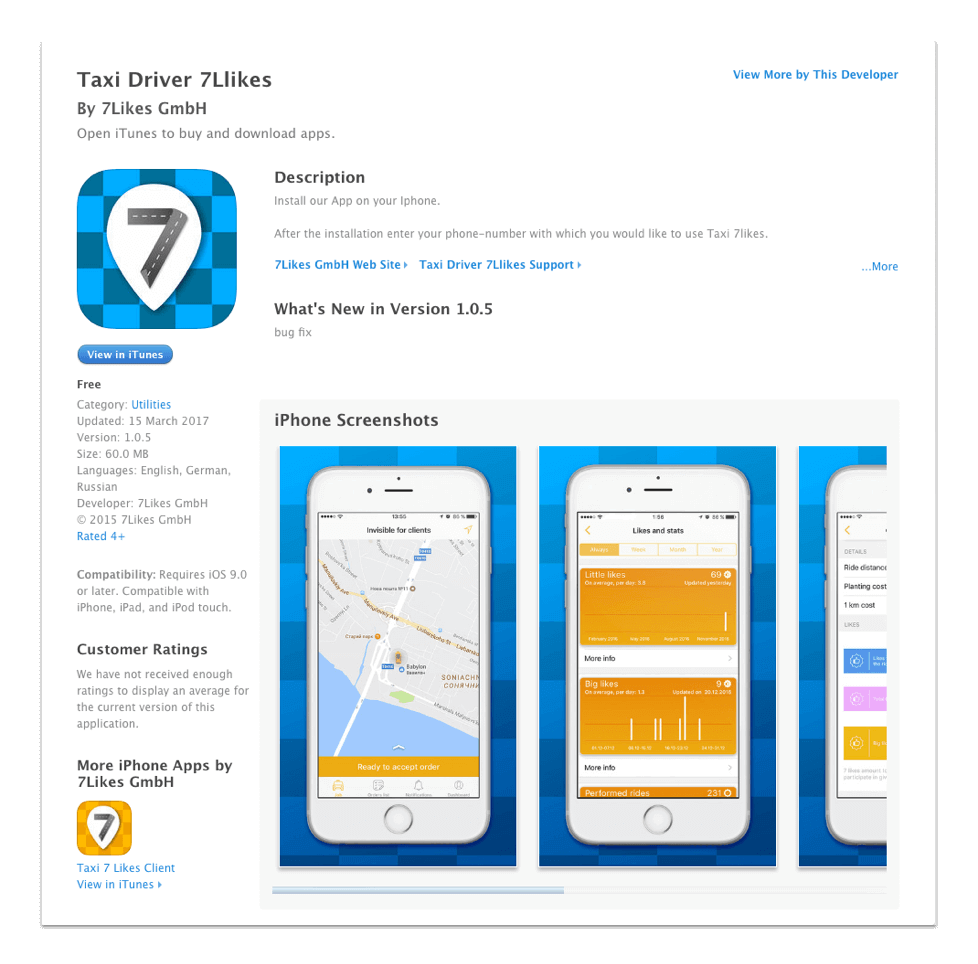
Technical support of the product
Projects after delivery go to the stage of technical support.

